Top-7 Creator Monetization Platforms
Discover the top 7 creator monetization platforms to grow your income with tips, subs, and exclusive content. Learn how to monetize content smartly — or build your own platform with Scrile Connect.

creator monetization platform
You don’t need a million followers to make money anymore. Creators are finally shifting the power away from big brands and turning directly to their fans. Whether you’re a podcaster, fitness coach, artist, or adult performer — there’s never been more opportunity to monetize content on your own terms.
At the heart of this shift is one thing: the creator monetization platform. These platforms are built to let you earn through subscriptions, tips, ad revenue, or paid exclusives — without chasing sponsorship crumbs or viral luck. And while everyone’s talking about the creator economy, nobody gives a clear roadmap of which platforms actually pay, and which ones are just buzzwords wrapped in dashboards.
That’s why this list exists. We’re not just naming names — we’re breaking down how these tools work, who they’re best for, and how they stack up if your goal is to build actual income. From streaming giants to white-label builders, here’s how to monetize content and take control of your earnings without giving half of it away.
| 👤 What kind of creator you are in 2025 | 🛠 Platforms from this list to test first | 💸 How you mainly earn there | ⚖️ Biggest trade-offs | 🧱 When a custom site (e.g. Scrile Connect) makes more sense |
|---|---|---|---|---|
| 🎙 Podcaster, writer, educator with loyal fans | Patreon, YouTube | Membership tiers, bonus episodes, community access, ad revenue | Platform fees, weak discovery on Patreon, YouTube rules on content and monetization | When you want full control over paywalls, bundles, and member areas under your own domain |
| 🎭 Short-form / viral video creator | TikTok, Instagram, YouTube Shorts | Creator programs, sponsored posts, affiliate links, live gifts | Algorithm volatility, low per-view payouts, dependence on brand deals | When you want to funnel viral followers into a stable, branded subscription community |
| 🧘 Coach, trainer, or online teacher | Uscreen, Vimeo OTT, YouTube | Courses, paid video libraries, live sessions, recurring memberships | Monthly SaaS fees, you handle all marketing, limited flexibility in some pricing flows | When you need a full learning/membership hub with flexible tiers and private content areas |
| 🎮 Gamer, streamer, live entertainer | Twitch, YouTube Live, TikTok Live | Subs, tips (Bits / Super Chats / gifts), sponsorships, merch | Pressure to stream often, platform cuts of subs, discoverability challenges | When you want to add a members-only club or fan site that isn’t limited to live streaming |
| 🎨 Visual / niche lifestyle creator on socials | Instagram, TikTok, YouTube | Brand deals, affiliate links, fan subscriptions, ad revenue | Income tied to reach and algorithms; platform can change rules any time | When you’re ready to move your “true fans” to your own branded fan site with stable income |
| 🎓 Expert selling premium access (signals, 1:1, etc.) | Patreon, Uscreen, Vimeo OTT, private YouTube | High-ticket memberships, masterminds, premium groups, consulting packages | Off-the-shelf tools can feel limiting for complex funnels or multiple products | When you need a tailored portal for premium clients with custom plans, tiers, and upsells |
| 🏗 “Platform builder” — want your own creator hub | Scrile Connect + social platforms as traffic sources | Subscriptions, PPV, tips, DMs, paid calls, bundles under your own brand | Higher setup effort than a plug-and-play page; you must drive all traffic yourself | When you want a white-label creator monetization platform you own, not just a profile page |
The Creator Economy Is Booming
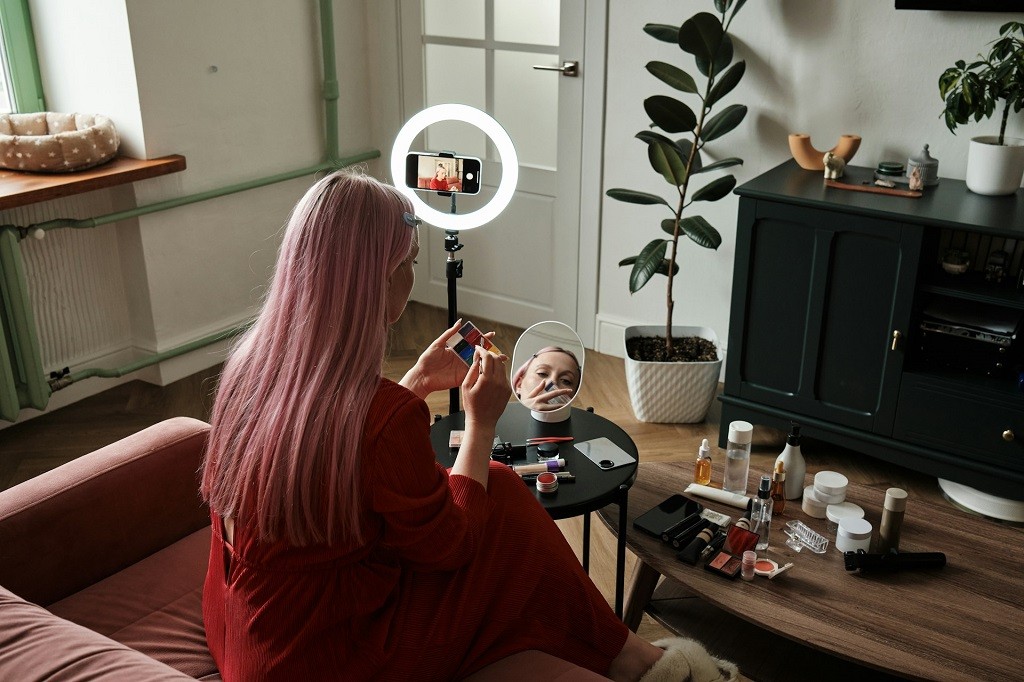
If you’ve spent more than five minutes on the internet lately, you’ve probably noticed something: creators aren’t just creating. They’re building businesses. The idea that only big-name influencers can make money online is long gone. Today, you’ll find niche creators — from tabletop RPG storytellers to nutrition coaches — pulling in serious income. And they’re not waiting for a brand deal to show up.
This shift is big. Insider Intelligence projects the creator economy to hit $250 billion by 2030, and that’s likely a low estimate. What’s behind this explosion? For one, platforms are no longer the middlemen — they’re the tools. With the right creator monetization platform, anyone can earn directly from fans.
Let’s break it down. There are a few core ways people monetize:
- Subscriptions – Fans pay monthly for access to premium content, Q&As, private chats, or mentorship
- One-time tips – Livestreaming viewers can show instant support with no strings attached
- Ad revenue – Still relevant for high-traffic video creators, especially on platforms like YouTube
- Fan exclusives – Custom videos, early access, or pay-to-unlock downloads
The point is: creators are finally getting paid for the actual value they deliver — not just the views they generate. A smart creator monetization platform gives them control over how, when, and where that happens. And that changes everything.
Top 7 Creator Monetization Platforms
There’s no shortage of options when it comes to turning content into income. But choosing the right tool depends on what kind of creator you are — and how you want to make money. Below are seven of the most widely used, most versatile, and most creator-friendly platforms in the game right now.
Patreon
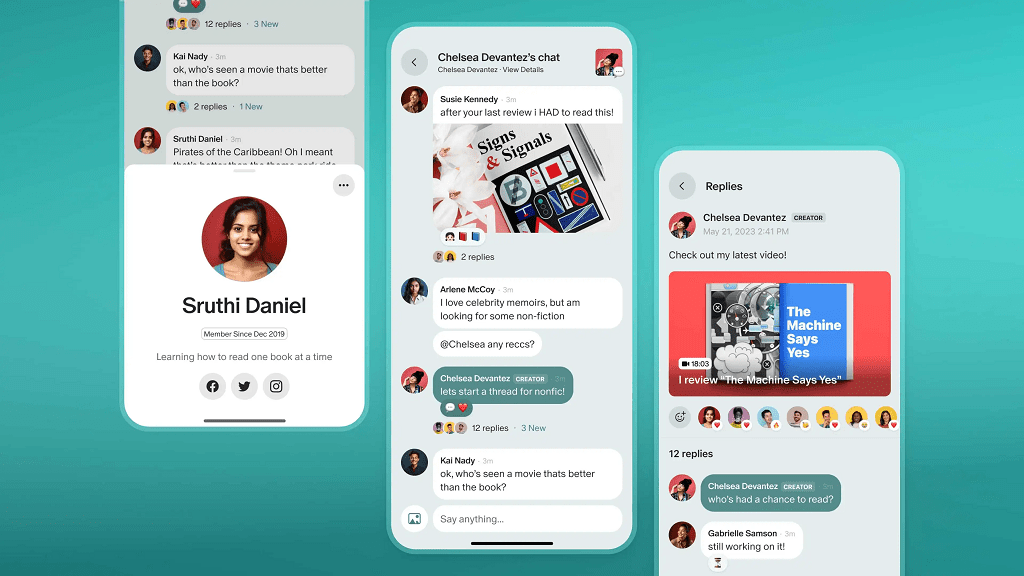
Best for: Artists, podcasters, educators, writers — anyone building long-term community support
Monetization Methods: Monthly subscriptions, pay-per-post options, exclusive content tiers, fan messages
Patreon helped invent the direct-to-fan funding model, and it’s still one of the most popular choices for creators looking to build stable, recurring income. With a flexible tier system, it lets you segment your audience by price and reward level — think $5 for behind-the-scenes, $15 for bonus episodes, $50 for 1-on-1 calls.
Pros:
- Strong community-building tools
- Clean paywall setup for exclusive content
- Multiple payout structures (monthly or per-creation)
- Integrations with Discord, Vimeo, and more
Cons:
- Fees can be high for Pro and Premium plans
- Discovery is weak — you bring your own traffic
- Limited tools for one-off purchases or livestreaming
For creators focused on depth over virality, Patreon remains a reliable monetization platform with a proven record of helping people earn consistently.
TikTok
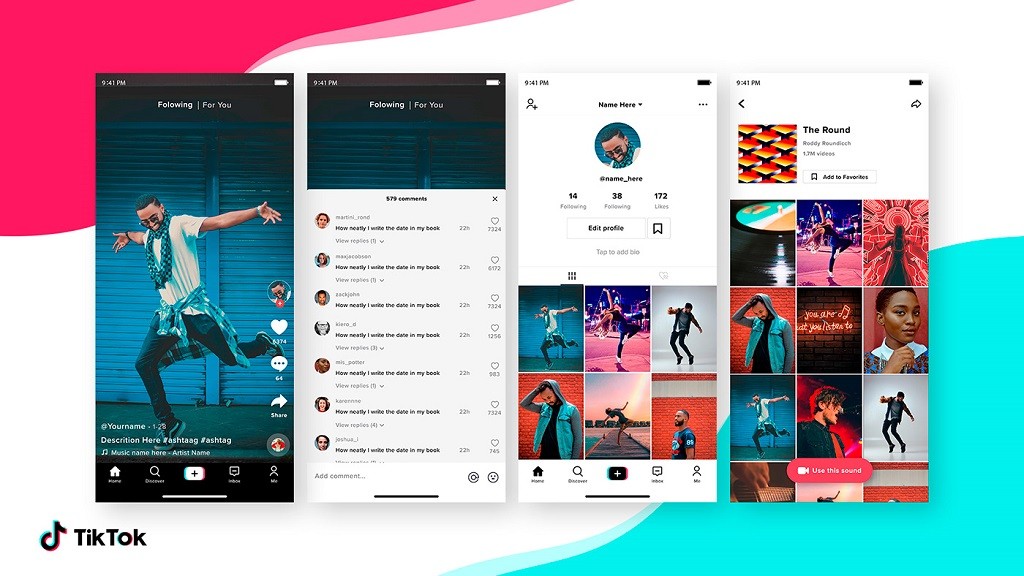
Best for: Short-form video creators, trend-hoppers, viral marketers, entertainers
Monetization Methods: Creator Fund, brand deals, livestream gifts, affiliate links, product drops
For a lot of creators, TikTok isn’t just where they get discovered — it’s where the money starts rolling in. Whether you’re lip-syncing, storytelling, or sharing oddly satisfying cleaning hacks, TikTok rewards creators who understand the algorithm and move fast.
So, which social media platform pays the most? Depends who you ask. But TikTok is undeniably one of the easiest places to go viral — and with the right follow-up strategy, turn views into revenue. The Creator Fund itself is small (roughly $0.02–$0.04 per 1,000 views), but that’s just one piece of the puzzle. Sponsored posts, affiliate sales, and TikTok Shop are where serious income happens.
Pros:
- Massive organic reach — fast follower growth possible
- Livestream tipping and gifting built-in
- TikTok Shop allows product sales directly inside the app
- Huge potential for virality, even for niche creators
Cons:
- Creator Fund earnings are low unless you’re getting millions of views
- Trends move quickly — burnout is real
- Monetization relies heavily on outside deals or e-commerce
TikTok isn’t the final stop — it’s the launchpad. Use it to build an audience, funnel them to premium content, and grow from hype to stability.

Best for: Lifestyle creators, niche influencers, wellness coaches, and artists who can sell a vibe
Monetization Methods: Sponsored posts, affiliate links, Reels bonuses, Live badges, fan subscriptions
Instagram doesn’t hand out cash like TikTok or YouTube, but don’t let that fool you — there’s serious money moving here. Brands still flock to the app, especially if your content looks sharp and your followers actually care. It’s not about being viral. It’s about being trusted.
Someone with 10,000 real followers in a specific niche (say, skincare or vintage fashion) can easily pull $200–$500 per post. Add a few affiliate links and a monthly subscriber tier — suddenly, you’ve built a legit income stream. That’s why for many mid-level creators, what social media platform pays the most depends on what kind of deals they can land on Instagram.
Pros:
- Still the go-to for brand deals in lifestyle and fashion
- Fan subscriptions add monthly income
- Reels bonuses reward consistency
- Great for building a strong personal brand
Cons:
- Organic reach takes a hit without ads
- No Creator Fund-style payouts — it’s hustle or nothing
- You’ll need to juggle stories, lives, reels, and posts just to stay visible
Instagram won’t do the work for you. But if you’ve got a good eye, a clear message, and stamina? You can turn likes into invoices.
Uscreen
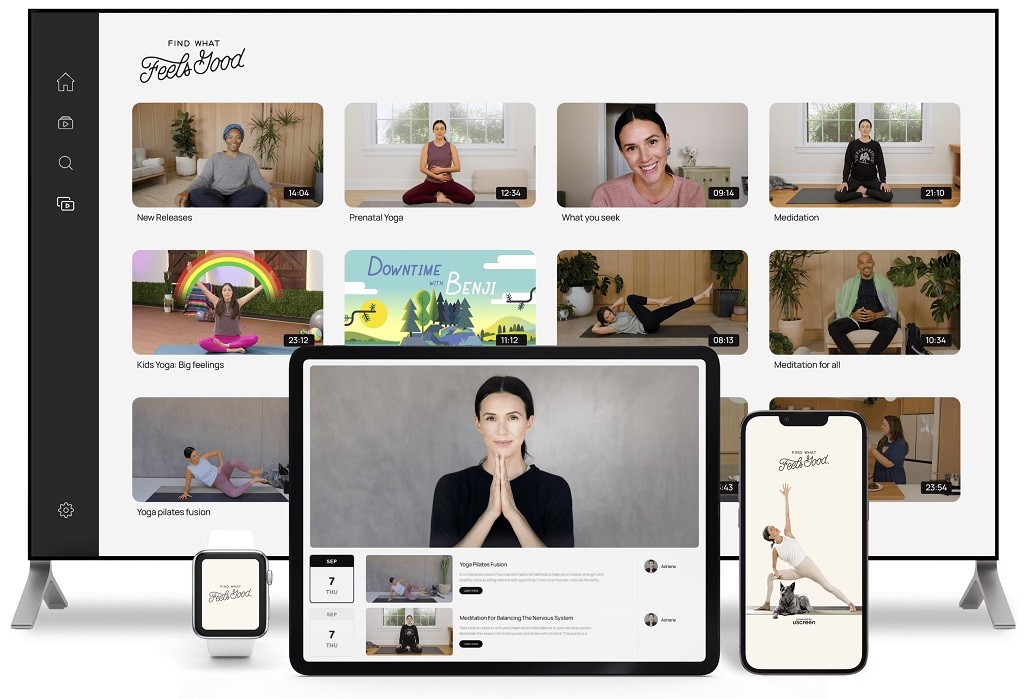
Best for: Fitness instructors, educators, entertainers, and creators ready to sell video on their own terms
Monetization Methods: Paid video memberships, live event access, OTT apps, one-time video sales
Uscreen flips the script. Instead of building your audience on someone else’s turf, you build your own stage — and charge for tickets. Think of it as Netflix, but for your niche. If you’ve got high-quality videos and people who’ll pay to watch, this is the kind of content monetization platform that puts you in the driver’s seat.
You get your own branded site, plus OTT apps (like Roku and Apple TV), and total control over pricing. You don’t deal with ads. Algorithms aren’t meddling with your visibility. And your content won’t disappear without warning.
Coaches and course creators love it because it’s built for them. But even comedians, yoga instructors, and indie filmmakers use Uscreen to stream and scale.
Pros:
- Total ownership: branding, pricing, audience
- Built-in tools for memberships and one-time purchases
- OTT app support adds professionalism
- Great analytics to optimize performance
Cons:
- Not ideal for beginners with no audience yet
- Monthly fee + revenue share model may scare off casual users
- You need to do your own marketing — no discovery feed
As a creator monetization platform, Uscreen works best when you treat your content like a product. It’s for people who want their own platform, not just a page on someone else’s.
Twitch
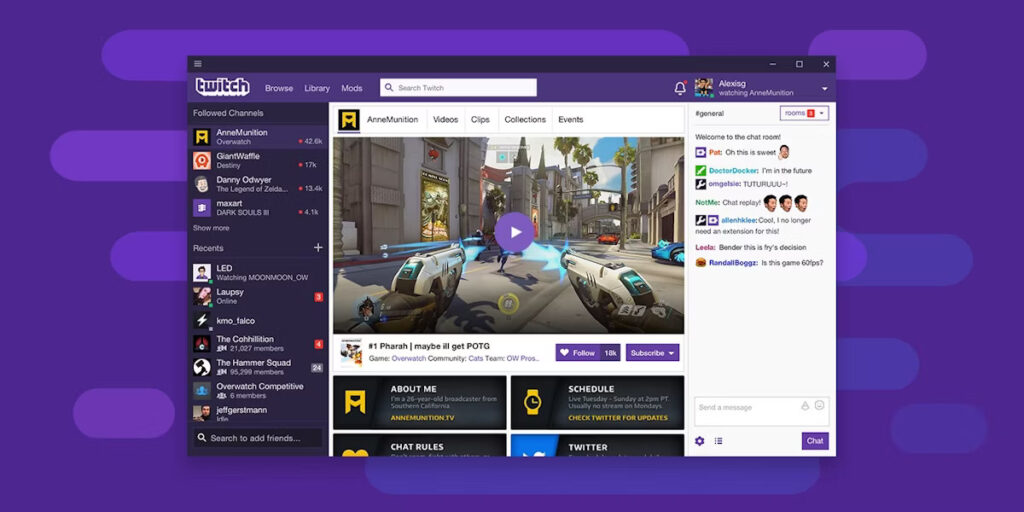
Best for: Gamers, commentators, musicians, DJs, or anyone who can keep an audience hooked live
Monetization Methods: Subscriptions, Bits (Twitch’s tipping currency), ad revenue, brand sponsorships
Twitch isn’t just for button-mashers anymore. Sure, gaming built the brand — but live music sets, talk shows, and real-time “just chatting” streams now dominate huge portions of the site. If you can talk for three hours and make it feel like ten minutes, you’re in the right place.
Revenue comes in layers. Viewers can subscribe monthly for perks, toss Bits midstream, or watch ads — but that’s just the start. Creators who stand out often land outside sponsorships or move merch through their channels. Some even build entire communities that pay just to hang out and listen.
Pros:
- Built-in monetization tools for live streams
- Tight-knit community dynamics
- Strong culture of tipping and subscribing
- Perfect for spontaneous or unscripted formats
Cons:
- Discoverability is rough without cross-promotion
- Pressure to stream long hours
- Twitch takes a sizable cut of subs and Bits
For real-time engagement and digital content monetization, Twitch still reigns. But it favors the consistent — and the bold. If you go live often and connect deeply, it can turn into a reliable income stream.
Vimeo OTT

Best for: Video creators ready to build a branded channel without ads or platform noise
Monetization Methods: Subscriptions, rentals, pay-per-view, or bundles
Vimeo OTT lets you create your own Netflix-style video service — and it looks slick doing it. Whether you’re teaching filmmaking, sharing indie docs, or running a niche media channel, this tool gives you complete branding, distribution, and pricing control. You’re not just uploading videos. You’re building a business.
The model is simple: charge viewers how and when you want. Subscriptions, one-time purchases, or rentals — you set the terms. You can even offer your content on smart TVs and mobile devices, thanks to white-label app support.
Pros:
- Complete control over your brand and monetization
- Beautiful UI and excellent video delivery
- Scales well with content libraries
- Trusted by film studios and pro creators
Cons:
- Monthly cost can be steep for smaller creators
- No built-in discovery like YouTube or TikTok
- Requires audience building outside the platform
If you’re figuring out how to monetize content without relying on ads or algorithms, Vimeo OTT is a strong contender. But it’s best suited for creators who already have an audience — or a solid plan to build one.
YouTube
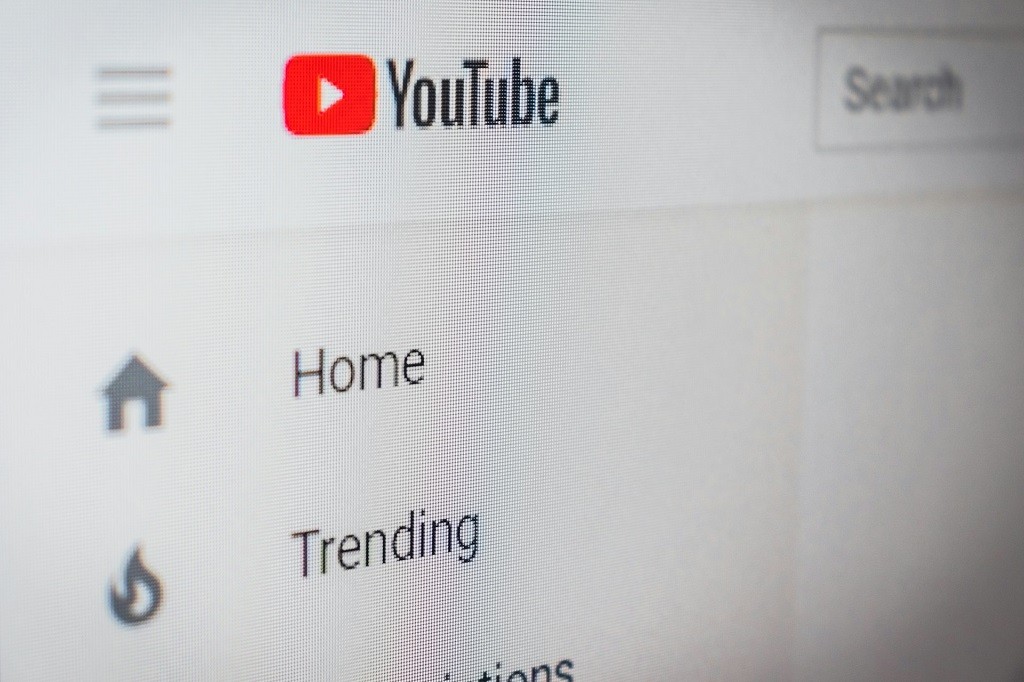
Best for: Creators with broad appeal, consistent content output, and long-term audience growth goals
Monetization Methods: AdSense revenue, Super Chats, memberships, merch shelf, sponsored videos
YouTube is the default for a reason. Billions of users, searchability built into the platform, and monetization tools that (eventually) pay off. But it’s not quick or easy — creators must hit milestones before unlocking features, and even then, ad revenue alone rarely pays the bills.
The real money often comes from combining YouTube’s tools with external deals: affiliate marketing, sponsorships, and merch. But if your videos are evergreen or go viral, the passive income can be powerful.
Pros:
- Massive reach and searchability
- Several built-in monetization options
- Great for discoverability and SEO
- Community tab and Shorts boost engagement
Cons:
- High competition; hard to stand out
- Strict rules on monetization eligibility
- Ads don’t pay much unless you scale
Still, YouTube remains the most accessible creator monetization platform on Earth. It’s the long game — but it’s a game that still rewards those who learn the algorithm and play smart.
Platform Comparison at a Glance
| Platform | Best For | Monetization Options | Payout Model | Platform Fees | Customization |
| Patreon | Artists & writers | Subscriptions, tiers, exclusive content | Monthly recurring | ~8–12% | Medium |
| TikTok | Short-form creators | Creator Fund, live tips, gifts | Performance-based | Medium | Low |
| Visual influencers | Subscriptions, badges, branded content | Engagement-based | Medium | Low | |
| Uscreen | Video educators | Pay-per-view, courses, memberships | Subscription-driven | Varies (based on tier) | High |
| Twitch | Gamers & live streamers | Bits, subs, ads, sponsorships | Live monetization | ~50% of subs | Medium |
| Vimeo OTT | Indie filmmakers | Rentals, subscriptions, enterprise deals | Full pricing control | Higher tiered plans | High |
| YouTube | General creators | Ads, memberships, Super Chats | Ad-based | ~45% of ad revenue | Low |
Why Scrile Connect Is a Smarter Move
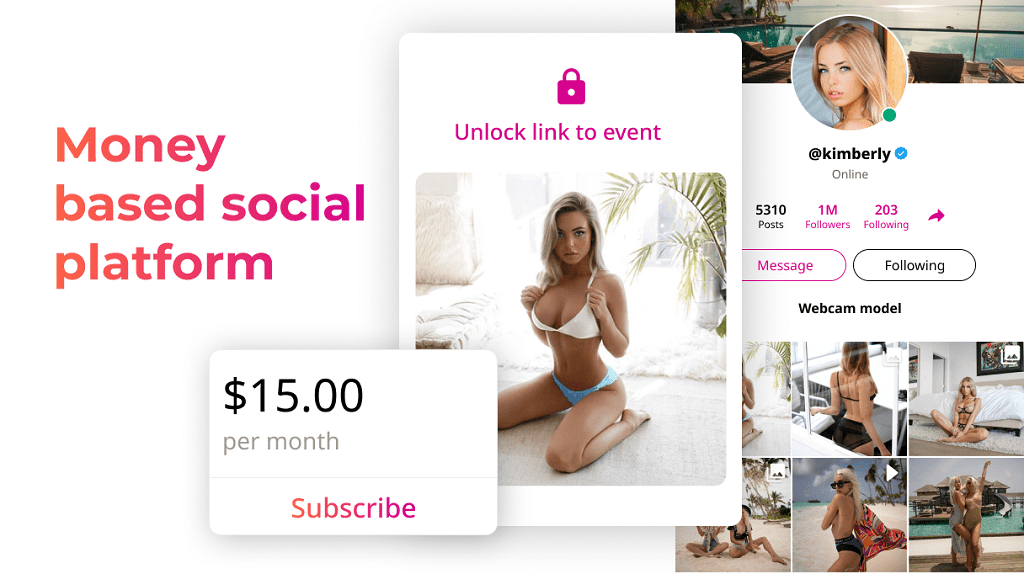
Every platform we’ve covered has its strengths. But they all come with the same hidden tax: you’re playing in someone else’s sandbox.
You give up control — over branding, monetization terms, even your content. Patreon takes a cut. YouTube flags your videos. Twitch demands long hours just to stay visible. TikTok might push your clip to millions, or bury it under dance trends and dog videos.
Scrile Connect flips that relationship. You don’t rent space on someone else’s platform. You own the platform.
It’s not a one-size-fits-all template. Scrile Connect is a development service — meaning your site, your rules. You decide how fans pay you: recurring subscriptions, tips, one-time unlocks, custom fan clubs. You decide how it looks, how it works, and what it allows. There’s no “community guidelines” team reviewing your content. There’s just your audience, and your vision.
Adult creators use Scrile Connect to skip the bans and build fan loyalty on their own terms. Educators launch video libraries that monetize niche knowledge. Coaches set up gated communities where every piece of advice pays off.
Instead of competing with thousands of creators on a global stage, you get to carve your own lane — and keep 100% of what you earn.
It’s not about leaving platforms behind. It’s about building something bigger than a profile page. Something that can grow with you — and belongs to you.
Conclusion
There’s no perfect, one-size-fits-all creator monetization platform. What works for a Twitch gamer might flop for a yoga instructor. A viral TikTok creator has different needs than a podcaster with a loyal niche following.
That’s why the smartest first step isn’t picking a platform — it’s defining your audience, your content style, and your revenue goals. Do you want quick tips from viewers? Long-term subscribers? Ad income? Maybe all of the above?
Most platforms give you a toolbox. But you’re still building inside their house, by their rules. If you’re tired of changing your strategy every time an algorithm shifts, maybe it’s time to stop renting and start owning.
Scrile Connect lets you do just that. It’s not a platform — it’s the team behind your platform. They build custom monetization websites tailored to your brand, your audience, and your business model. No more compromises.
Own the rails of your revenue instead of renting them. A white-label OnlyFans-style platform gives you full control over pricing, fees, and fan experience—so every optimization compounds for your brand, not a marketplace.
If you’re serious about scaling your creator business — not just surviving on platforms, but building your own — it’s worth talking to the experts.
Contact the Scrile Connect team today and see what’s possible when you’re the one in control.
FAQ: Creator Monetization Platforms, Revenue Share & Payouts
What is a creator monetization platform?
A creator monetization platform is any tool or service that helps you get paid for your content or audience. It can be a social network with built-in payouts (YouTube, TikTok, Twitch), a membership site (Patreon, Uscreen), an OnlyFans-style fan platform, or a white-label solution like Scrile Connect where you run your own site. The key idea is simple: instead of relying only on brand deals or one-off sponsorships, you turn views and community into recurring revenue through subscriptions, tips, pay-per-view, paid downloads and other direct fan payments.
Which is best: creator marketplaces or direct monetization platforms?
Creator marketplaces (for example, sponsored-post platforms or brand-deal hubs) connect you with advertisers and usually pay per campaign. Direct monetization platforms let fans pay you directly through subscriptions, tips, paid communities or content unlocks. Marketplaces are good if you have reach but not many paying fans yet. Direct monetization is better for building stable, long-term income because your revenue doesn’t depend on a constant stream of brand deals. In practice, many creators use both: marketplaces for extra campaigns and a subscription or fan site as the core business.
Which platforms are most popular for earning revenue as a content creator?
The big names are the ones you already know: YouTube (ads, memberships, Super Chats), TikTok and Instagram (brand deals, bonuses, gifts), Twitch (subs, Bits, sponsorships), and Patreon (paid memberships). For video libraries and courses, platforms like Uscreen and Vimeo OTT let you sell access under your own brand. The article also shows a third path: instead of being just one profile on many platforms, you can launch your own creator monetization site with Scrile Connect and plug your social accounts into it as traffic sources.
Which video monetization platforms offer the best revenue share for content owners?
Revenue share varies a lot. Ad-driven platforms like YouTube share a portion of ad income with you, while membership platforms like Patreon, Twitch, Uscreen or Vimeo OTT usually charge a platform fee plus payment processing. “Best” is not only about the percentage you keep, but also about how flexible pricing is, what features you get (live, VOD, memberships, bundles), and how clearly the payout rules are documented. If pure revenue share is your priority, owning the platform itself with a white-label solution like Scrile Connect is often the most favorable model, because you define the fees and keep the margin as the platform owner.
What is the best video monetization platform for creators?
There is no single “best” platform for everyone. For discoverability and search, YouTube is almost impossible to beat. For fan-club style memberships and long-form community content, Patreon, Uscreen or Vimeo OTT work well. For live shows, Twitch, YouTube Live and TikTok Live are strong options. If you’re ready to move beyond rented profiles and want your own branded hub with subscriptions, PPV, tips, DMs and paid calls, the article explains how a custom Scrile Connect site can become your main video monetization platform while social networks stay top-of-funnel.
Which video monetization platforms work best for small creators just starting out?
Small creators usually benefit from platforms that are easy to join and don’t require huge reach to start earning. YouTube, TikTok and Instagram are great for building your first audience because they have built-in discovery and low friction for viewers. Once you have a few hundred loyal fans, adding a Patreon, a simple paid community, or a lightweight video membership site can turn that early attention into stable income. When you outgrow generic tools and want more control over pricing, bundles and branding, moving to your own Scrile Connect platform becomes the next logical step.
What platforms actually pay for content or royalties from video views?
Platforms that share ad or subscription revenue with creators include YouTube (Partner Program), some tiers of TikTok and Instagram programs, Twitch (ads and subs), and certain OTT services that license content. In these models, you are effectively earning “royalties” based on views, watch time or subscriber activity. Direct-to-fan tools like Uscreen or Vimeo OTT don’t pay you themselves—your viewers do—but they give you paywalls to keep 100% of the content price minus fees. With a custom site on Scrile Connect, you define how fans pay (subscriptions, tokens, tips) and how revenue is shared between you and any other creators on the platform.
What products bundle live streaming, chat, and monetization tools in one place?
Livestream-first platforms like Twitch, YouTube Live and TikTok Live combine video, live chat and native monetization (tips, gifts, subs). Some membership tools add basic live and chat features, but they’re often limited. If you want a full bundle—live streaming, private messaging, group chat, subscriptions, pay-per-view, tips and paid calls—under your own brand, that’s exactly the stack Scrile Connect is built to deliver. You get a creator monetization platform where all the core tools live together instead of patching five different services with custom links.
What are the leading platforms for creators to manage and monetize their content today?
For mass reach and search, YouTube remains the default. For community-driven memberships and fan clubs, Patreon, Uscreen and Vimeo OTT are widely used. Live-centric creators lean on Twitch, YouTube Live and TikTok Live, while social-native creators rely heavily on Instagram and TikTok for traffic plus external links for sales. The article also highlights a growing trend: serious creators and agencies are building their own platforms with Scrile Connect, so they can manage content libraries, fan payments, payouts and analytics in one place instead of spreading everything across multiple apps.
Who offers global payout tools for creator monetization platforms?
Most big platforms integrate with payment processors and payout services that support many countries—think Stripe, PayPal, Payoneer, or local banking partners. They handle card payments, compliance and currency conversion in the background, then send your share to your account on a set schedule. If you run your own creator monetization platform on Scrile Connect, you can plug in global payment gateways and tailor payout logic for your specific use case: multiple creators per site, revenue splits, tokens, minimum payout thresholds and different methods per region.
Read also
| Article | Why it’s worth reading |
|---|---|
| Monetize an Online Community: Proven Steps 2025 – Scrile | If you already have a Discord, Telegram, or forum, this guide shows how to turn “free community” energy into structured revenue without killing trust or engagement. |
| Build a Paid Community That Thrives: 2025 Playbook – Scrile | Once you decide to charge for access, this article helps you design tiers, benefits, onboarding, and retention mechanics so members feel they’re getting real value. |
| Top InviteMember Alternatives for Telegram 2025 | If you’re using Telegram specifically, this piece compares tools like InviteMember and its competitors so you don’t depend on a single plugin for your entire revenue stream. |
| Best White Label Community Platforms in 2025 | When you’re ready to own the infrastructure, this guide explains white-label platforms, what features to look for, and when it’s smarter than staying on third-party services. |
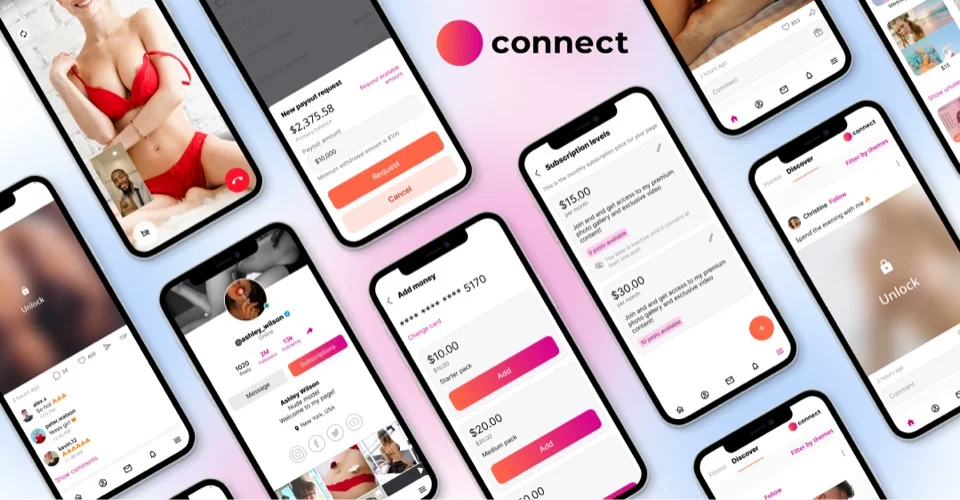
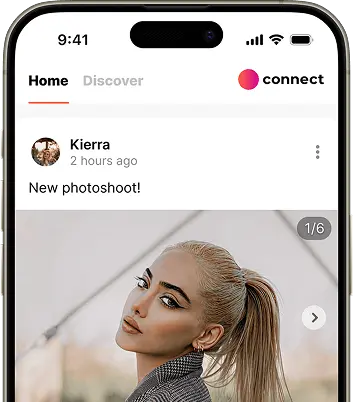
Great read 🔥 Been using Twitch for 2 years but totally agree — the 50% cut hurts. Owning your own setup sounds smart.
Loved this breakdown! Finally, someone explained the difference between building on Patreon vs owning your own platform 👏
Reading this gave me so many ideas for my fan community 😍 Thanks for keeping it real and not just hyping big platforms.
This article made me rethink using Instagram as my main income source. Might explore Scrile Connect next 💡
Hello!Thank you sharing your information am interested to partnering with you
am in east Africa am ready for good cooperate.